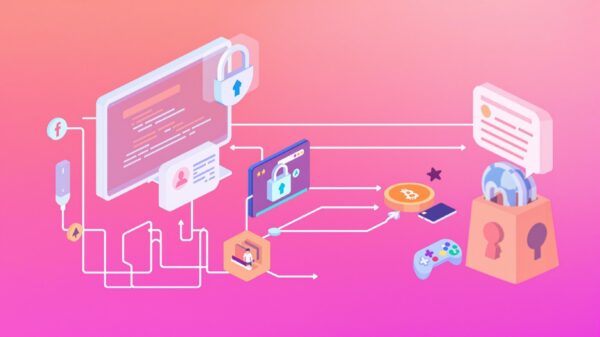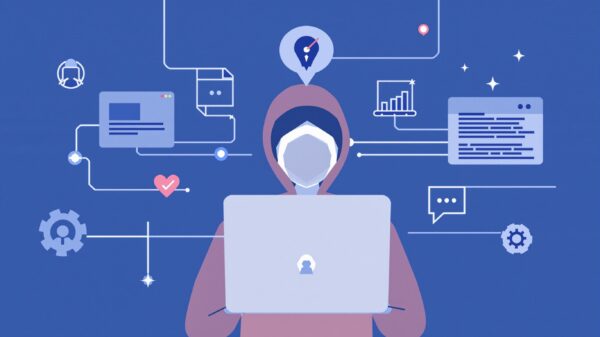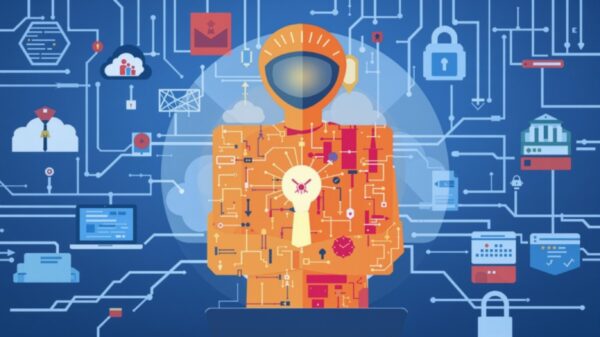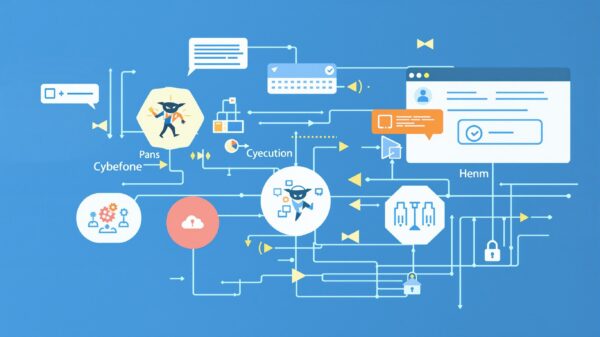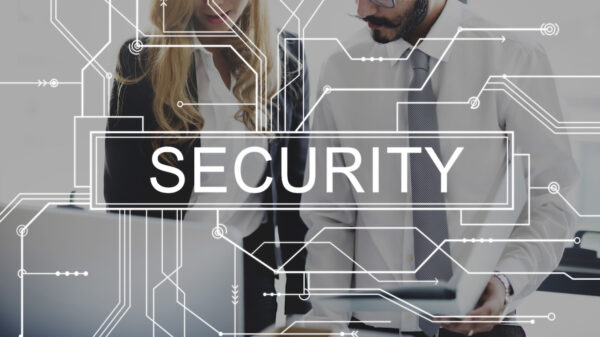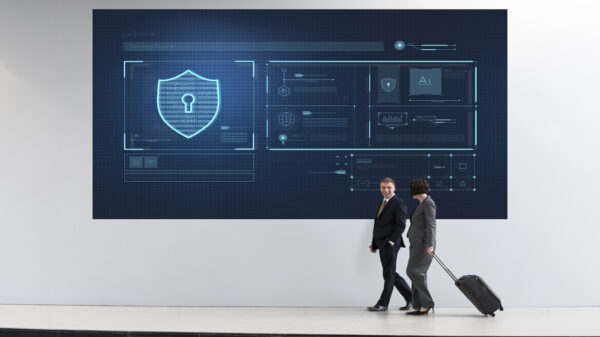The digital age has gifted us with unprecedented connectivity, yet the unguarded human element remains the chink in the armor of our digital society. Cybersecurity is no longer a matter of safeguarding files behind firewalls. It has become a battle against sophisticated dupes, where human error is often the Achilles’ heel of businesses and individuals alike.
Human Error as a Cybersecurity Threat
In the ballet of cyber warfare, the reality is that the majority of breaches stem from unintentional human actions. Whether it’s falling for a phishing scam, improperly configured hardware, or oversharing personal data, each day brings a new catalogue of missteps that expose sensitive information to the perilous web. This is where my concern crystallizes. The adversary isn’t just external; it’s within our actions, our habits, and our ignorance.
Cybersecurity incidents involving human error are both pervasive and costly. From clicking on suspicious links that unleash malware to unwittingly exposing corporate networks through public wifi hotspots, human misjudgments often pave the way for catastrophic data breaches. These missteps are not anomalies but recurring patterns in the cybersecurity threat landscape that underscore a fundamental truth: technology can only fortify us so far, it is our awareness and vigilance that form the impenetrable second line of defense.

Recognizing the Red Flags
Consider this: one of the most widespread and successful cyber attacks is email-based phishing. Its method is deceptively simple, usually involving a message that appears legitimate— from a recognizable email account, perhaps—urging the user to act quickly, often with a link or attachment that seems innocuous. However, a discerning eye, trained through awareness, can spot the inconsistencies that betray the fraudulent nature of the message.
A Costly Oversight
The 2020 Data Breach Investigations Report by Verizon noted that about a quarter of data breaches involved internal actors. These are the employees who, perhaps unintentionally, enabled the breach through their actions, effectively granting access to cyber adversaries. The cost of such errors cannot be overstated— it includes financial loss, reputational damage, and the erosion of consumer trust.
The Importance of Awareness
When the vulnerability of the human factor is so pronounced, it is no surprise that cultivating awareness becomes paramount. The sobering reality is that even the most intelligent and proficient employees can become conduits of cyber threats if they lack the critical knowledge needed to recognize and respond to them.
The benefits of a cyber-conscious workforce are multifold. It serves as a preemptive shield against attacks, fosters a culture of cybersecurity, and ultimately saves organizations incalculable amounts in terms of both resources and reputation.
Cultivating a Culture of Vigilance
An organization that values and encourages cybersecurity awareness transforms isolated pockets of knowledge into a cohesive defense mechanism. Regular training, the seamless dissemination of updates, and robust support systems can empower every member to become a vigilant sentry against cyber risks.
The Domino Effect of Awareness
In a similar vein, heightened awareness at an individual level cascades into a societal layer of protection. An individual who exercises caution with their cybersecurity inadvertently sets an example for their peers and family. The diffusion of this behavior helps secure not only personal data but also the interconnected network of trust we rely upon.

Education for Prevention
Cybersecurity awareness is not a singular event but an ongoing process that demands diligence, adaptability, and, most importantly, education. The pedagogical aspect of cybersecurity cannot be overstated; it is through learning that one acquires the mantle of agency and responsibility in the digital realm.
Bridging the Knowledge Gap
Attitudes toward cybersecurity cannot evolve in a vacuum. They require the sustenance of educational initiatives that bridge the gap between ignorance and competence. Such programs must be tailored to the specific needs and technical proficiencies of the audience, delivering knowledge in an accessible and engaging manner.
Reinforcing Good Habits
Developing a framework of good cybersecurity habits should be as intuitive as looking both ways before crossing the street. Regular simulations, sharing of best practices, and community-building exercises can instill these habits and transform them into a reflexive part of one’s digital conduct.
Conclusion
Cybersecurity is undeniably a technical realm, festooned with codes and protocols. But at its heart lies the human variable—a factor that can elevate or diminish our defense against an increasingly hostile cyber landscape. The call to action is simple yet resounding: invest in awareness, champion education, and transform the human factor from a liability into a linchpin of cybersecurity. Where there is human error, there must also be human agency, knowledge, and fortitude to act as bulwarks against the unseen onslaughts of the digital domain.






